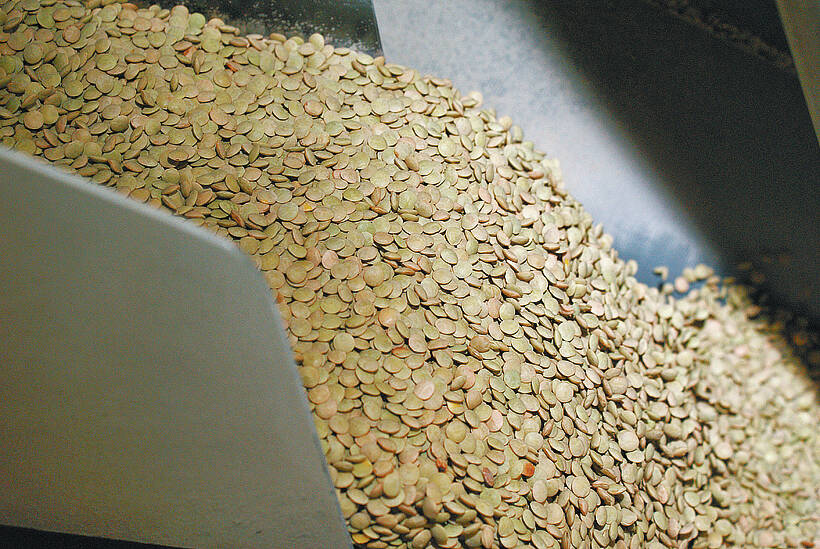Price risks and guarantees
The price of hogs and other agricultural commodities are at such disastrous levels that even the best farm marketers are worried.
Government aid is needed to carry producers through.
However, there is a vital lesson to be learned from this price collapse. Futures markets, deferred delivery contracts and other pricing mechanisms can help.
Consider hog prices.
On July 16, The Western Producer ran a story quoting Glenn Grimes, a prominent American agricultural economist from the University of Missouri, who warned that Midwest cash hog prices would plunge below $30 (U.S.) per hundredweight by the end of the year. The Midwest cash price at the time had already fallen to $35-$37.
Read Also

Green lentil market oversupplied
Farmers in Western Canada can expect price pressure on their new crop of green lentils, as the available supplies among the world’s major lentil-growing nations increase significantly.
“We’re intentionally trying to scare the hell out of people,” he said.
Other experts quoted in the story had more moderate views, but it was clear that supply was outstripping demand.
If you listened to Grimes and estimated prices would drop to, say $27, that worked out to about $89 per 100 kilograms in Canadian loonies.
Fixed price
Hog marketing boards in the three prairie provinces were then
offering a November fixed price contract of about $109-$114 per ckg index 100.
The break-even cost of producing a pig is about $120-$130 per ckg so even by taking the futures contract, you’d lose money.
But producers should have asked: “Do I lock in a small loss or gamble everything by leaving the hogs unpriced?”.
As we’ve learned, Grimes was right. The U.S. price has crashed below $20 U.S. per cwt. and cash prices in Saskatchewan have hit $50-$60 per ckg. No one selling on a cash basis can afford the losses.
You might say this is 20-20 hindsight, but we can learn for next time.
Consider canola. Its price has held up thanks to exports to China and Mexico and strong crusher demand at home. Low Malaysian palm oil supplies have also helped.
Given that wheat prices are not expected to improve dramatically, do you think farmers might increase their oilseed acres further?
Do you think the unusually strong demand from China will continue and that palm oil production problems will persist?
Maybe canola prices will be good again next year, but there is a substantial risk of lower prices.
For now, the Winnipeg Commodity Exchange November 1999 futures contract price looks OK.
Seeding time is a long way off, but it might be prudent to start talking to your grain merchant about ways to lock in a price for a portion of next year’s crop.














